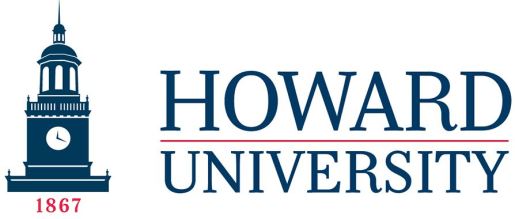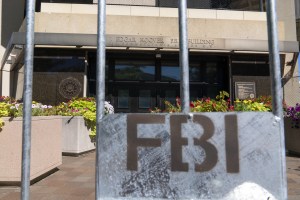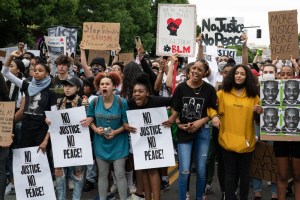
By Aysia Morton
Special to the AFRO
The protests have ended, so what do Howard University students need now?
Howard University, ranking top two among Historically Black College & Universities (HBCUs), has been at the forefront of a student housing crisis. On Oct. 12, students at Howard University began to protest the hazardous living conditions they were exposed to on campus.
Mold, flooding, rodent and roach infestations and freezing temperatures were only some of the problems students faced. Reportedly, due to the growth of mold in their dorm rooms, some students were hospitalized for coughing up blood and breathing conditions like asthma. Student protestors took to living in tents and sleeping bags to occupy the Blackburn University Center in protest of their subpar living conditions. They were joined by faculty, staff and alumni who supported their fight for Howard to amend the dire situation. The protest, known as #BlackburnTakeover, delivered a list of demands to the University and did not stop protesting until student needs were agreed upon.
During the protests, students expressed that they were treated horribly by the University. At one point, students took to social media to declare that protesters were being locked inside the Blackburn University Center by police officers who refused to allow them to enter or exit the building.
Students also discovered a 40-year contract between Howard University and Corvias, a public-private partner to state and local governments, the military and higher education. According to Corvias, Howard hired the company to “improve campus infrastructure and enhance the overall student experience.” But students uncovered the dangerous history that Corvias has with providing unsafe housing to many of their clients. Kaedriana Turenne, a freshman, filed a class action lawsuit against Howard University and Corvias, LLC due to widespread mold growing under her microwave, on her mattress, in her closet, and other spaces of her residence.
On Nov. 15, after 34 days of protest and 20 days of negotiation, Howard University students came to an agreement with President Wayne Fredrick and his administration. Fredrick announced the news in a press release and video. The agreement is said to be confidential due to legal reasons and has raised eyebrows on social media.
Alexa Lisitza, a Howard University Alum and News Editor at Buzzfeed, tweeted “Don’t get me wrong. I’m immensely proud of the students who fought for change with #BlackburnTakeover and love that they were able to finally reach an agreement. But, that agreement being confidential will make it hard to hold Howard to the standard we know it needs to reach.”
Although protests ended two weeks ago, students agree that there is still work to be done to hold the university accountable. On Nov. 15, the last day of the historic protest, Howard University student Channing Hill tweeted, “Good Morning it’s #BlackburnTakeover Day 34 and the last day of this historic occupation. We won. We aren’t done though we are continuing to come for everything we are entitled to. Fired up and ready to work!”
Hill is a junior who is involved in The Live Movement, a campus coalition that co-organized the Blackburn Center protests. As a result of Blackburn Takeover, according to Hill, HBCUs across the country stood in solidarity with Howard students and even began their own protests to address housing issues on their campuses.
Students should be entitled to safe and quality housing—basic rights and necessities that should be afforded to all human beings. As their demands are being met by Howard University, students will need support to continue this fight.
Help us Continue to tell OUR Story and join the AFRO family as a member – subscribers are now members! Join here!
The post Blackburn Takeover is done, but there’s still work to do appeared first on AFRO American Newspapers .











